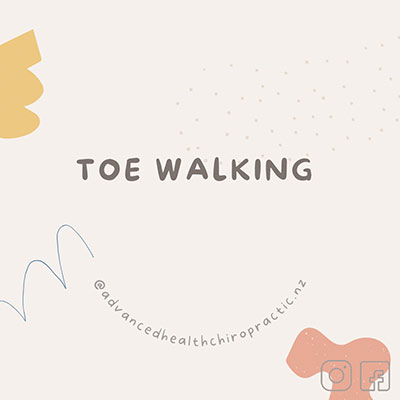 Information about a child’s preference to toe-walk is a very useful insight into their nervous system.
Information about a child’s preference to toe-walk is a very useful insight into their nervous system.
When we are assessing children at both their initial and regular chiropractic checks, our focus remains on how well their bodies are adapting to their lifestyle and subsequently how clearly the brain and nervous system are commanding the body.
Toe walking in a toddler or an older child can be a very clever way their brains adapt to stress in the system, as they shorten the distance between their ‘head to their toes.’ Although some toddlers may toe-walk initially while building their walking skill set, persistent signs of this would have us thinking curiously.
Conversely, without nervous system stress (wind up) a child’s brain is in its most adaptable and absorbable state. Able to take on new information, filter and decipher this feedback in order to build the neural pathways required for learning.
Just like we mentioned in our previous blog post, the ability for a brain to function clearly and coherently is the difference between hearing a whisper in a quiet room versus a loud and busy one.
What we know as chiropractors is that many common aspects of a child’s life can contribute to forming a ‘quiet’ or a ‘busy’ room. Regular chiropractic care, alongside a supportive environment will prime the brain and nervous system towards that of coherence and ease of function.
What could that look like in an ECE centre or classroom?
How You Can Support this Process
Having children spend time on their tummies is an excellent way of supporting this process. Reading a book, listening on the mat, or rolling on a swiss ball are different ways to achieve this and can be done each day.
We also often talk with children about practicing their Superwoman and Superman poses. Laying on their tummy with arms outstretched in front, the child can practice raising their head and legs off the ground.
Do you have Superkids in your learning space? We would love to see a photo!
